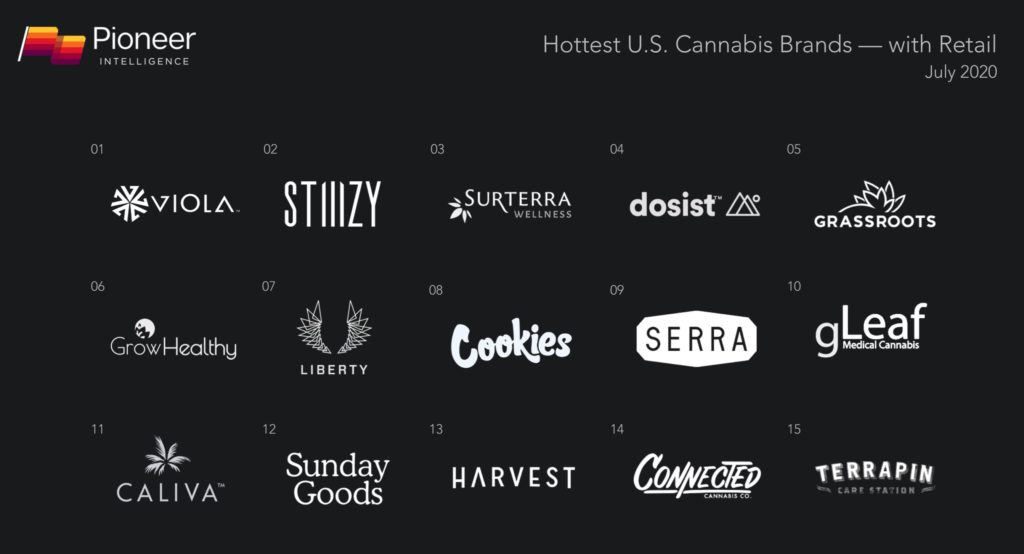Why is customer success a critical differentiator when evaluating technology partners for your cannabis operations? You’re probably familiar with a customer service department. Typically, a customer service team is a reactive relationship that you call on when you have a question or problem. Customer success is different because it takes a proactive approach to relationship management and focuses on your company’s desired outcomes.
It Starts with Transparency
The customer success team is introduced during the sales process, so they know the customer’s goals, objectives and the pain points they’re looking to solve. Keeping these priorities top of mind allows the entire implementation process to align to the customer’s objectives, ensuring immediate success after purchase and a long-term roadmap for future deployments.
A boilerplate solution in software implementation is often not a good idea. While you need standard processes in software deployment, it’s mostly about listening and learning to adapt to a customized approach. Each client can weather different levels of change and advancement, so a customized strategic effort starting in the beginning of the process can help avoid issues later on.“Customer success ensures you are not making unnecessary investments while educating you on available software that would complement existing technology.”
Implementing new software can be a lengthy and challenging process, depending on how many team levels need access, what software integrations are required and the level of business activity you have on a seasonal basis. Adopting new technology into facilities can be even more complicated when implementation delays occur, or the product isn’t working as intended during the initial rollout. Customer success provides transparency throughout the deployment process by conducting ongoing timeline reviews, drafting enablement plans that work within your schedule and driving awareness and adoptions throughout your organization, resulting in a faster return on investment.
Creating a Deeper Partnership
Customer success works as an advocate for the customer while balancing the needs of the business. With software products, it’s easy to turn capabilities on as it is to turn them off, so determining the right timing for each new feature is part of the balancing act. Knowing when customers are ready for specific features and functionality provides a software roadmap for a customer. In this role, the customer success advocate becomes a trusted advisor and becomes integrated into the customer’s business operations.
Being Proactive, Not Reactive
A simple way to describe the differences between customer service and customer success is to consider how your software vendor works with you. Is it a proactive approach or a reactive one? Customer success always leads proactively, strategizing on solutions to benefit the customer immediately while also keeping the long-term vision top of mind.
Creating Benchmarks for Success
Software as a Service (SaaS) has become a competitive advantage for cannabis operators looking to implement a consistent, cost-effective cloud-based technology. Still, many companies end up overspending or paying for more licenses than needed. Customer success ensures you are not making unnecessary investments while educating you on available software that would complement existing technology. Customer success does this by providing tailored reporting, enabling existing and new team members within your facilities on product features and functions, and aligning your software deployment to your facility’s requirements.
When considering a technology partner, inquire about post-sales support. Do you only hear from your technology providers when it’s time for renewal or when you call in for help? Are they offering a “set it and forget it” support model approach? Customer success is about a mutually beneficial relationship between the customer and the software vendor, retaining a happy, using, paying customer who achieves a measurable outcome when using the software. Your success is customer success.























